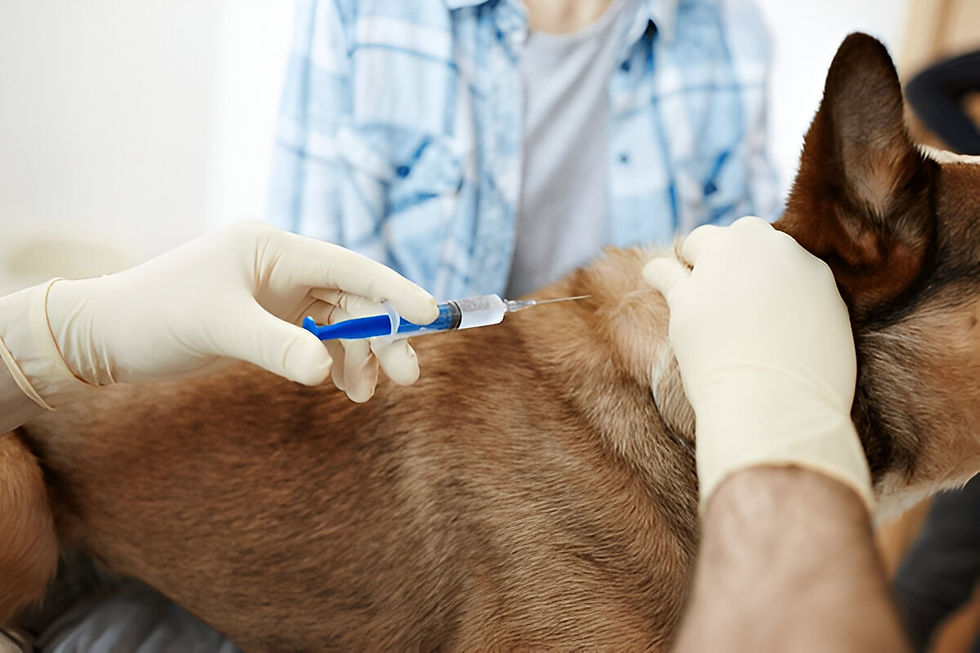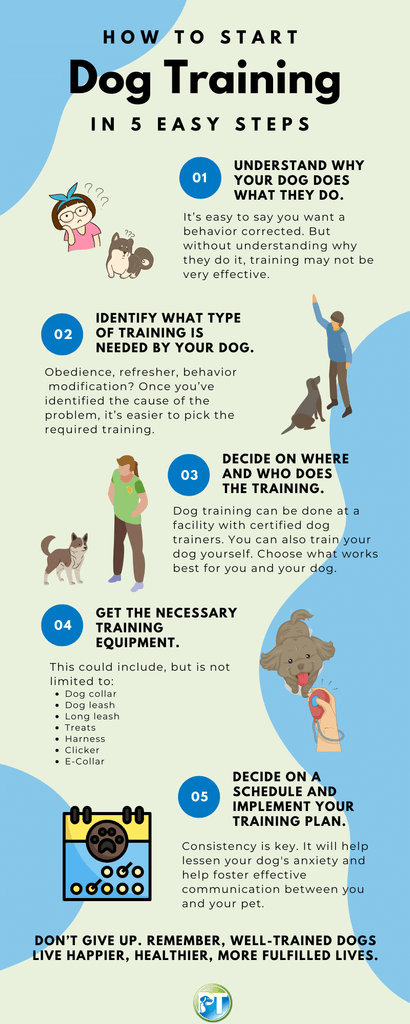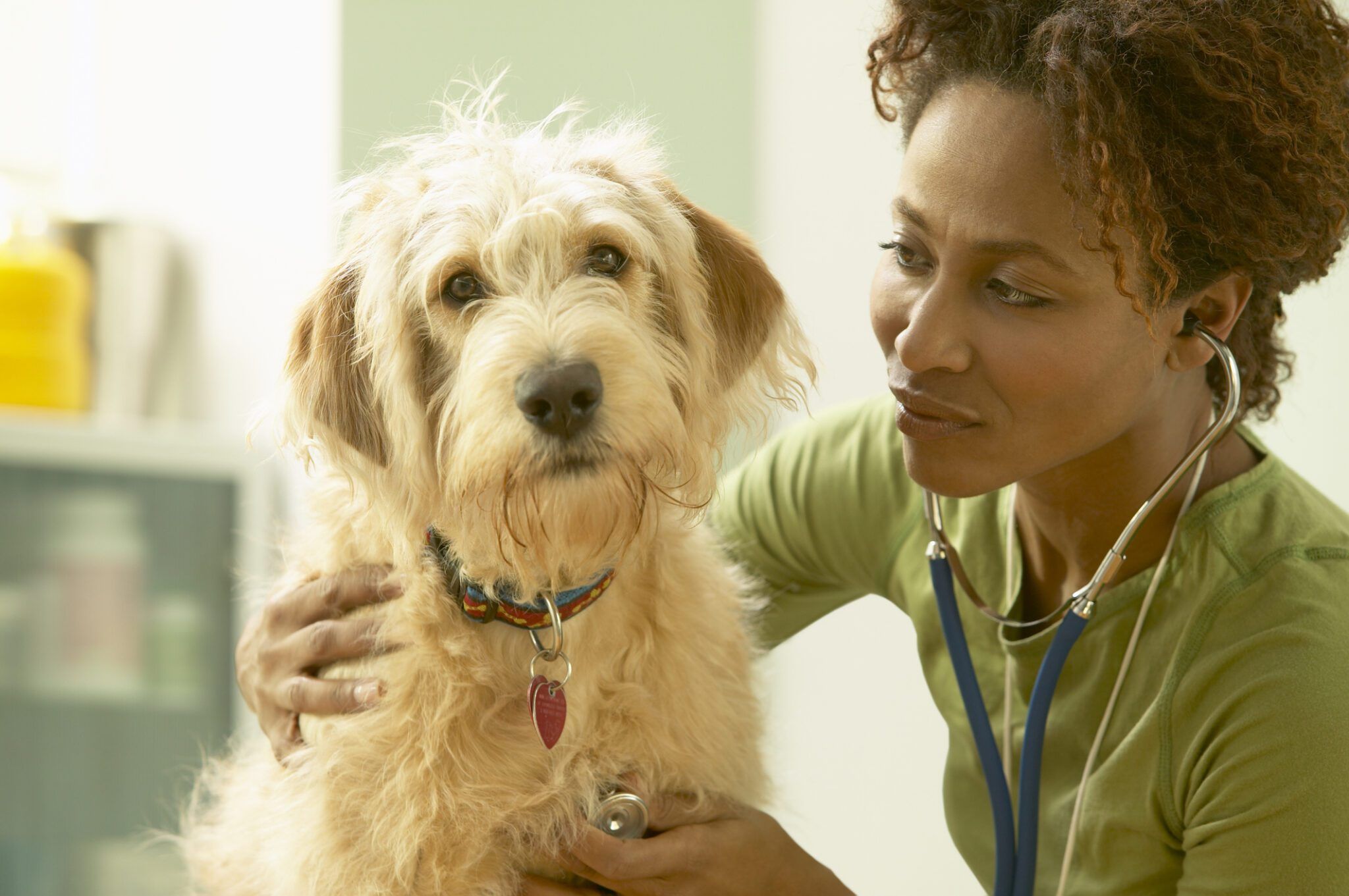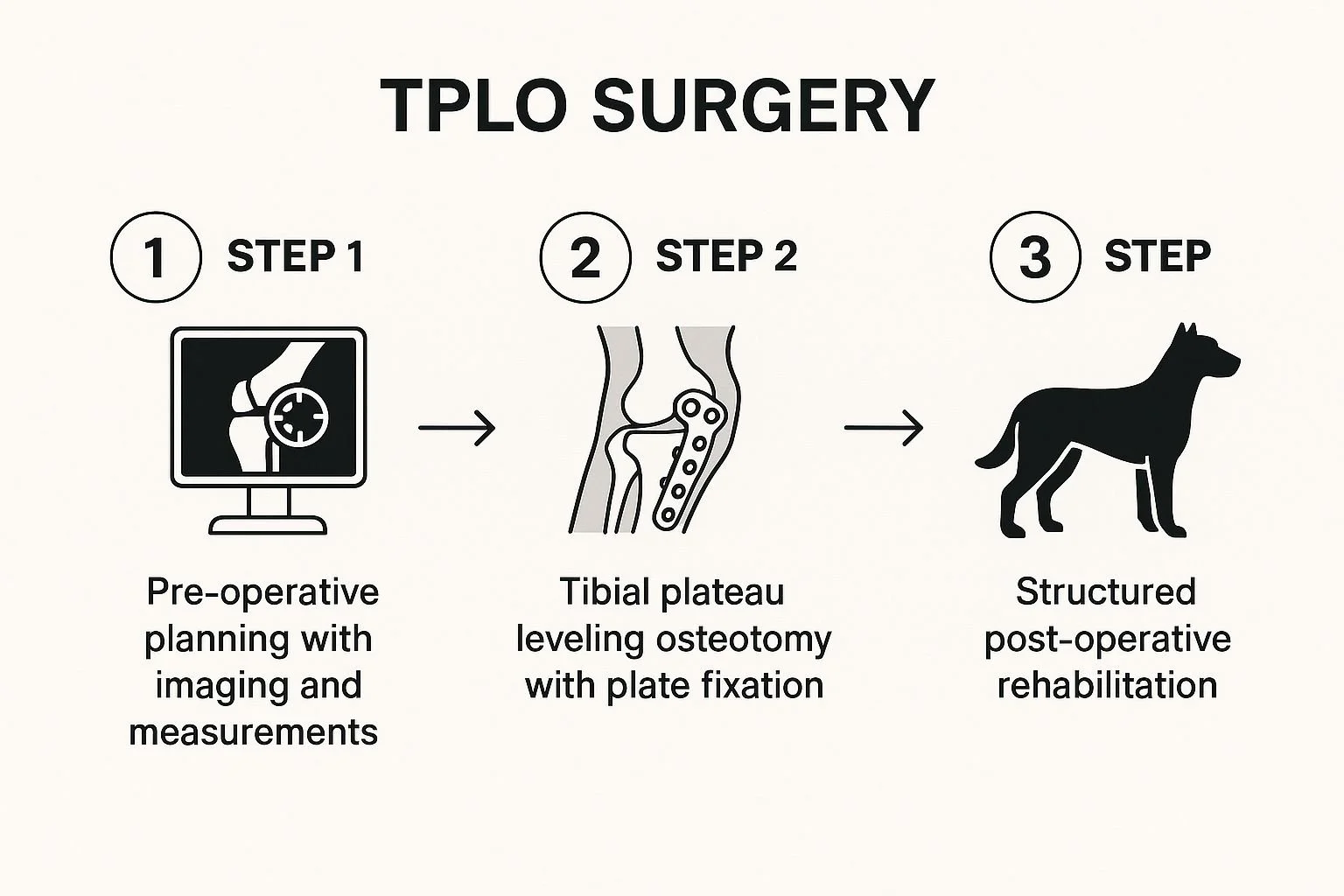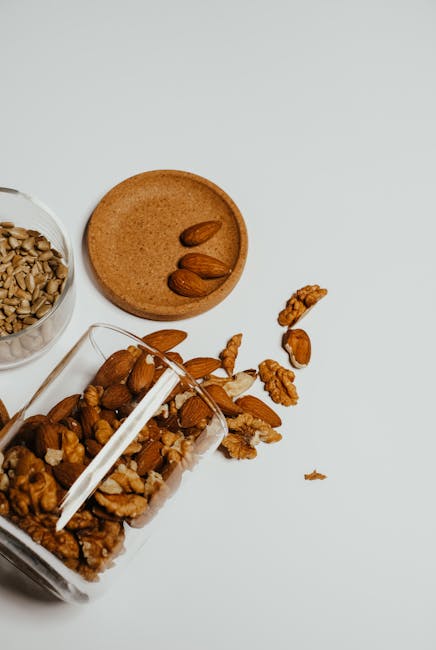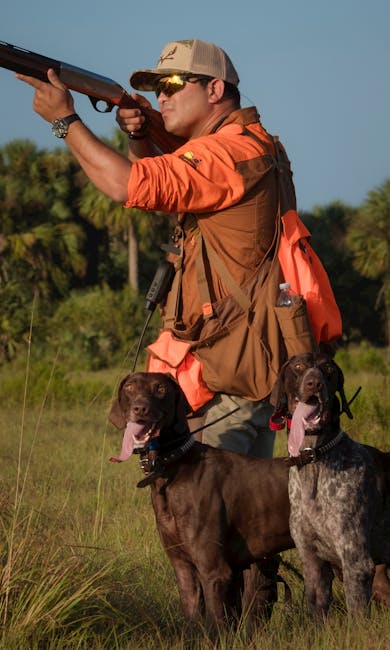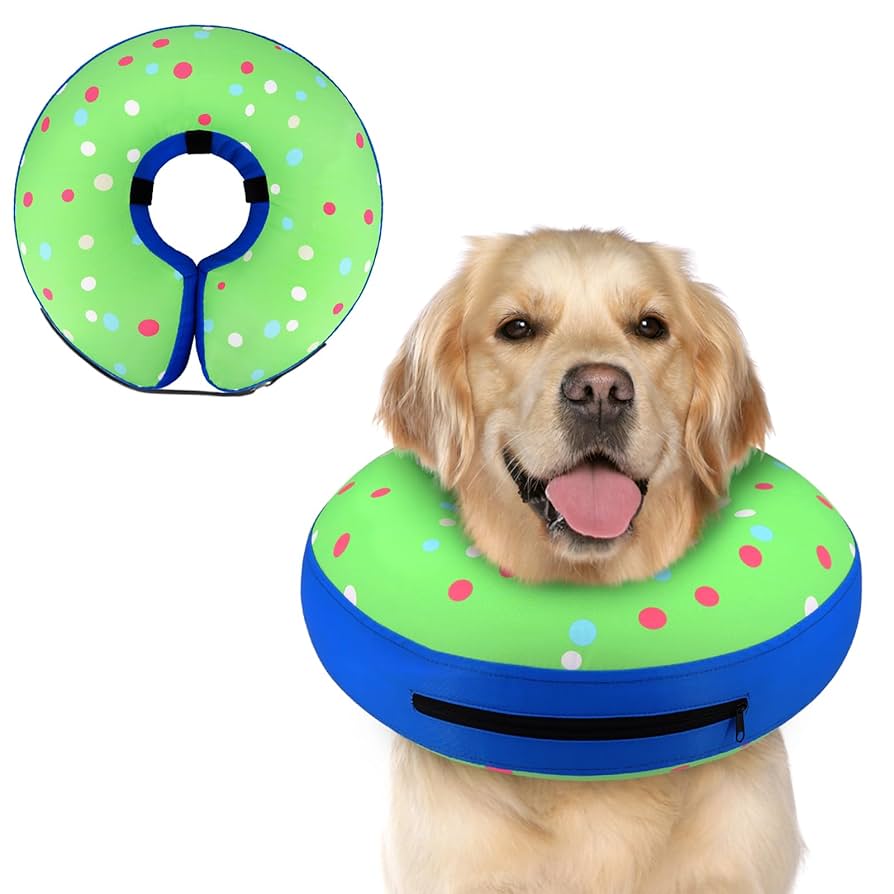If your dog just got neutered, you want to make sure they heal quickly and comfortably. You’ve probably heard about inflatable dog collars as a gentler alternative to the traditional cone.
But do these collars really work for neutering recovery? You might be wondering if they keep your dog from licking or biting the surgery site without causing too much stress. You’ll discover the truth about inflatable collars, how they compare to other options, and whether they are the right choice for your furry friend.
Keep reading to find out how you can help your dog heal with less hassle and more comfort.
Benefits Of Inflatable Dog Collars
Inflatable dog collars offer a fresh alternative to the traditional cone, especially after neutering. They provide comfort without sacrificing protection, making healing easier for your pet. Understanding their benefits can help you decide if they’re right for your dog’s recovery.
Comfort And Mobility
Inflatable collars are soft and lightweight, allowing your dog to move more naturally. Unlike rigid cones, they don’t obstruct your pet’s peripheral vision or make eating and drinking difficult. This means your dog can stay active and comfortable during recovery.
Reduced Stress And Anxiety
Your dog will likely feel less stressed wearing an inflatable collar. Many dogs hate the awkward feeling of a hard cone around their neck, which can lead to anxiety and frustration. Inflatable collars feel more like a neck pillow, helping your dog stay calm.
Effective Protection From Licking And Biting
Despite their soft design, inflatable collars still prevent your dog from reaching the neutering site. This reduces the risk of infection and complications. You get the peace of mind knowing your dog’s healing area is safe.
Easy To Clean And Store
Inflatable collars are simple to wipe down and keep clean, which is important during post-surgery care. When not in use, you can deflate them and store them easily without taking up much space. This convenience makes them practical for home use and travel.
Encourages A Positive Recovery Experience
Seeing your dog less bothered by their collar can make your recovery period more pleasant for both of you. When your dog feels good, they’re more likely to rest and heal properly. What small change could make your dog’s healing time smoother?

Credit: www.amazon.com
Comparing Inflatable Collars To Traditional Options
Choosing the right collar after neutering your dog can make a big difference in their recovery. Inflatable collars and traditional options like the classic plastic cone both aim to stop your dog from licking or biting the surgical site. But how do they really compare in terms of comfort and effectiveness? Let’s break it down so you can decide what fits your dog’s needs best.
Comfort And Mobility
Inflatable collars often feel more like a neck pillow than a barrier. Many dog owners notice their pets can move around more easily without bumping into walls or furniture. This can reduce stress, especially for dogs who hate the “cone of shame.”
Traditional cones, made from hard plastic, can be heavy and awkward. They sometimes block your dog’s peripheral vision and make it harder to eat or drink. If your dog is sensitive or anxious, this can slow down their healing because they might resist wearing it.
Have you seen how your dog reacts to different collars? Watching their behavior can give you clues about what they find comfortable. Comfort is key to keeping the collar on long enough to protect the surgery site.
Effectiveness In Preventing Licking
Inflatable collars create a soft barrier around the neck, limiting how far your dog can turn their head. This often works well for keeping them from licking or biting the surgical area. However, if the surgery site is on the lower belly or legs, an inflatable collar might not block access completely.
Traditional cones extend beyond the dog’s nose, making it nearly impossible to reach the wound. This makes them highly effective for preventing licking, even in tricky areas. But their rigidity can cause frustration and attempts to remove the collar.
Think about your dog’s typical behavior. Is your dog persistent when trying to lick? Do they get frustrated with restrictions? Your answers help decide if the inflatable collar’s softer approach or the traditional cone’s firm barrier will work better.
Expert Opinions On Post-surgery Care
Expert opinions play a crucial role in understanding how to care for dogs after neutering surgery. Veterinarians provide guidance on using inflatable dog collars to protect surgical sites. Their advice helps pet owners make informed decisions that support healing and comfort.
Veterinarian Recommendations
Most veterinarians agree that inflatable collars can be a good alternative to traditional cones. They are less stressful for dogs and allow better mobility. Experts recommend choosing collars that fit snugly but do not restrict breathing or movement.
Vets also advise monitoring the dog closely for signs of discomfort or attempts to scratch the surgery area. Inflatable collars should be used alongside other post-surgery care steps like keeping the incision clean and limiting exercise. Some vets stress the importance of consulting them before switching collars.
Common Concerns Addressed
Experts address worries about inflatable collars being less protective than hard cones. Studies show inflatable collars reduce licking and biting effectively in many cases. They also cause fewer injuries to the neck and ears.
Concerns about dogs removing inflatable collars are common. Veterinarians suggest proper fitting and supervision to prevent this. Inflatable collars are not suitable for all dogs, especially those that chew aggressively or have sensitive skin.
Inflatable collars are praised for causing less anxiety. This can lead to a smoother recovery and better overall wellbeing for the dog. Experts highlight that every dog is different, so owners should watch their pets closely and ask for vet advice if unsure.
Choosing The Right Inflatable Collar
Choosing the right inflatable collar for your dog after neutering is crucial to ensure comfort and effective protection. An ill-fitting collar can cause frustration for both you and your pet, while the right one helps speed up recovery by preventing licking or biting at the surgical site. Let’s look at key factors that will help you pick the best inflatable collar for your dog’s needs.
Size And Fit Considerations
Getting the correct size is essential. An inflatable collar that’s too small won’t prevent your dog from reaching the surgical area, while one that’s too big can be cumbersome and uncomfortable.
Measure your dog’s neck circumference before buying. Most products provide size charts—compare your measurements carefully. Also, check if the collar’s width allows your dog to move freely without bumping into things constantly.
Adjustability matters. You want a collar that can be tightened or loosened easily without causing pinching or slipping off. Have you noticed how some collars seem perfect at first but start sliding after a few hours? Choosing one with secure fasteners helps prevent that.
Material And Durability
Inflatable collars come in various materials, but quality matters most for durability and comfort. Look for collars made with soft, puncture-resistant fabric that won’t irritate your dog’s skin.
Think about your dog’s activity level. If your pet is energetic, a more robust material that withstands rough play is necessary. Some collars feature double stitching and reinforced seams to handle wear and tear better.
Ease of cleaning is another factor. You’ll want a collar that wipes clean quickly or is machine washable to keep it hygienic during recovery. Have you ever dealt with a collar that traps dirt and odors? Avoid that by selecting materials designed for easy maintenance.
Tips For Successful Recovery
Helping your dog recover smoothly after neutering is essential, and inflatable collars can play a big role. These collars are designed to prevent your dog from reaching the surgical site, but they require careful attention to ensure they work effectively. Let’s talk about how to get the best results from these collars during recovery.
Monitoring And Adjustments
Keep a close eye on your dog’s behavior and how the collar fits. Inflatable collars should be snug but not too tight—if it feels uncomfortable or restricts breathing, it needs adjustment.
Check the collar daily for any signs of wear or deflation. Sometimes the collar may lose air, so topping it up regularly is important to maintain its protective function.
Watch how your dog moves with the collar on. If your dog is constantly pawing at it or seems frustrated, try repositioning or switching to a different size. Your goal is to keep your dog comfortable while preventing them from licking or biting the wound.
Signs Of Discomfort
Be alert to signs that your dog is uncomfortable or in pain. Excessive scratching, whining, or restlessness can indicate that the collar or the healing process isn’t going well.
Swelling, redness, or discharge around the surgical site means you should contact your vet immediately. Sometimes the collar can cause irritation if left on too long or if it rubs against the skin.
Remember, your dog’s mood can tell you a lot. If your usually calm dog becomes unusually anxious or aggressive, it might be because of discomfort related to the collar or the healing wound.

Credit: www.amazon.com
Personal Experiences With Inflatable Collars
Personal experiences with inflatable dog collars reveal a range of outcomes that can help you decide if they are right for your pet after neutering. Many pet owners share stories highlighting both the benefits and the limitations of these collars. Understanding these real-life accounts can give you practical insights into what to expect and how to manage your dog’s recovery.
Success Stories
Several dog owners have praised inflatable collars for their comfort and effectiveness. One owner mentioned how their dog was able to eat, sleep, and move around easily without constant irritation. This comfort helped the dog stay calmer and reduced the stress typically associated with traditional plastic cones.
Another story highlighted how the inflatable collar prevented the dog from licking the surgical site completely, allowing for faster healing. The lightweight design made it easier for the dog to wear for extended periods without fussing. These experiences suggest that inflatable collars can be a gentle yet efficient alternative after neutering.
Challenges Faced
Not all experiences have been positive. Some owners found that their dogs could still reach the surgery area by turning their heads in certain ways. This raises the question: will an inflatable collar always provide enough protection for your dog’s specific body shape and size?
Others reported issues with the durability of the collars, as some dogs managed to puncture them during play or chewing. This meant additional expenses and trips to the store, which can be frustrating during recovery. It’s important to weigh these potential downsides before choosing an inflatable collar.
Have you considered how your dog’s behavior and activity level might affect the collar’s effectiveness? Assessing your pet’s personality can help you decide if an inflatable collar will work or if a more secure option is needed.

Credit: www.amazon.com
Frequently Asked Questions
Do Inflatable Dog Collars Prevent Licking After Neutering?
Yes, inflatable dog collars limit a dog’s neck movement. This reduces licking or biting at the surgical site. They are softer than traditional cones and offer comfort while protecting wounds effectively.
Are Inflatable Collars Better Than Traditional Cones?
Inflatable collars provide more comfort and less stress for dogs. They allow better visibility and easier eating. However, traditional cones may offer stronger protection against licking wounds in some cases.
How Long Should Dogs Wear Inflatable Collars Post-neutering?
Dogs typically need to wear inflatable collars for 10 to 14 days. This duration helps prevent licking until the surgical wound fully heals and stitches are removed or dissolve.
Can Inflatable Collars Cause Discomfort Or Harm?
Inflatable collars are designed to be soft and cushioned. Most dogs find them comfortable compared to rigid cones. However, proper sizing is crucial to avoid neck strain or accidental swallowing.
Conclusion
Inflatable dog collars can help protect your pet after neutering. They are soft and less stressful than traditional cones. Many dogs find them more comfortable to wear. These collars prevent licking and biting of wounds effectively. Still, choose the right size for your dog’s safety.
Watch your dog closely to ensure it works well. Talk to your vet about the best collar option. Safe healing is the main goal for your dog’s recovery. Inflatable collars offer a gentle way to help with that.

